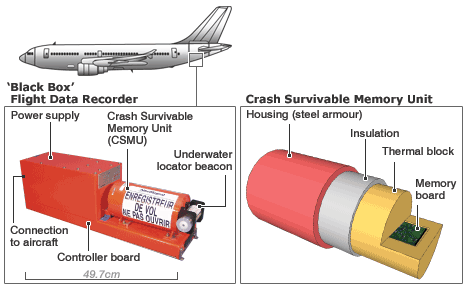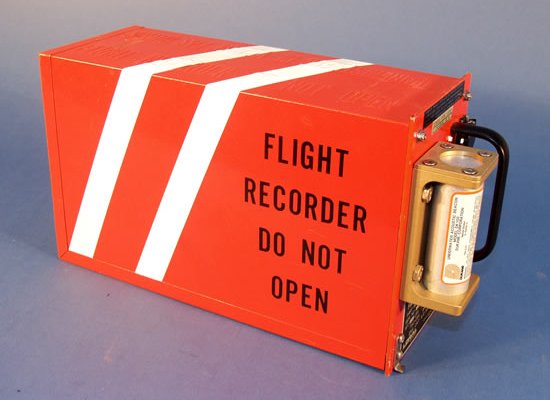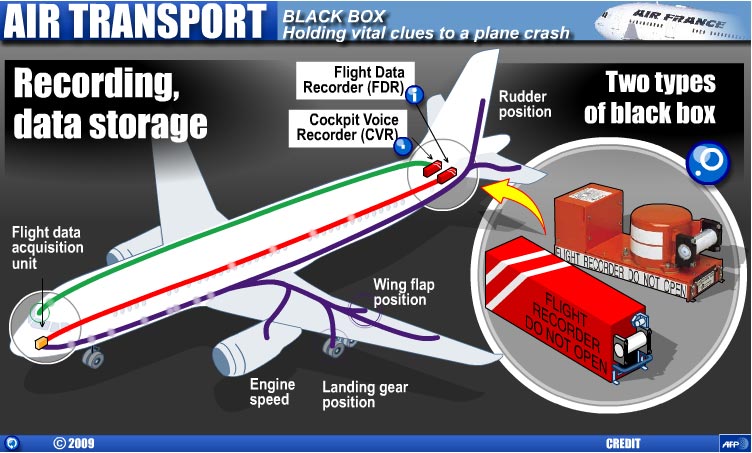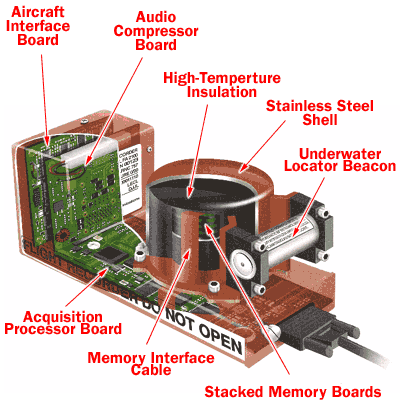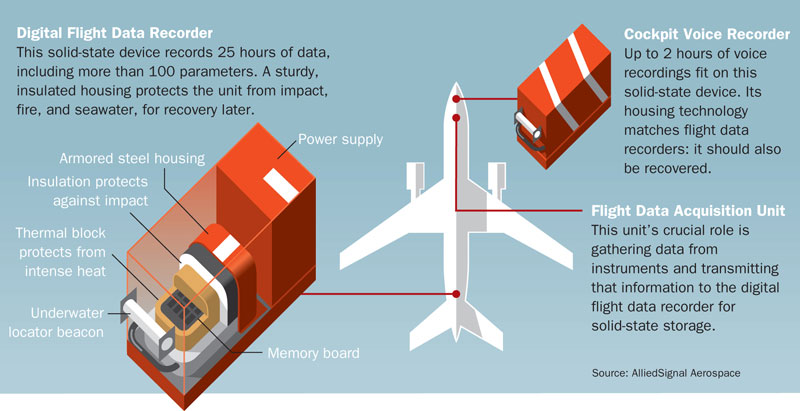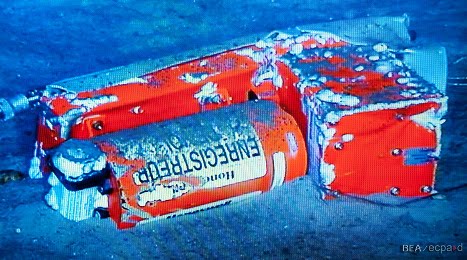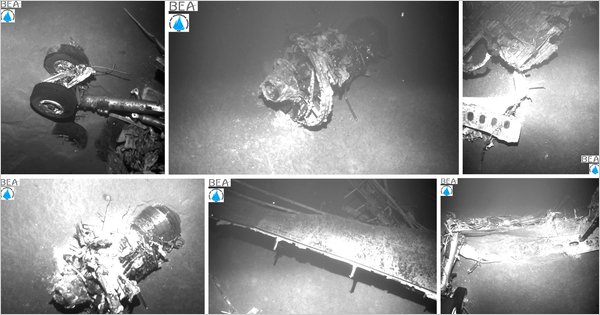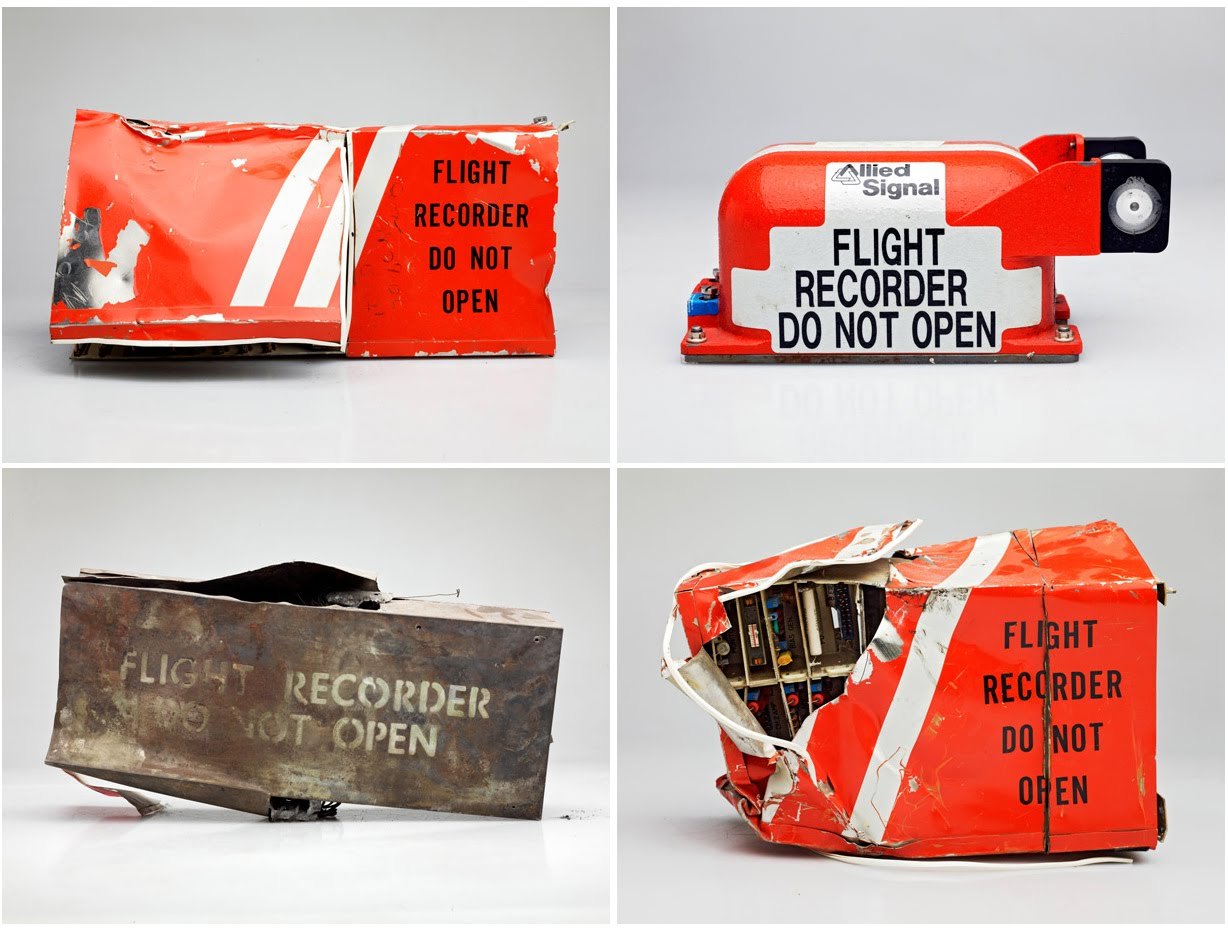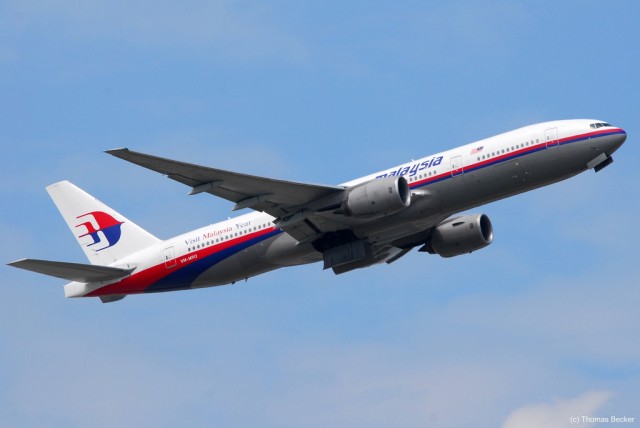How The Black Box Works And Why It's In Need Of New Technology
The disappearance of the Malaysia Airlines flight MH370 has reignited debate over new technology to replace the traditional 'black box'.
What is a black box? The Flight Data Recorder (FDR) or 'black box' is actually comprised of two separate equipment - a cockpit voice recorder and a flight data recorder
Any commercial aeroplane or corporate jet is required to be equipped with a cockpit voice recorder and a flight data recorder. It is these two items of separate equipment which we commonly refer to as a ‘Black Box.’
The cockpit voice recorder (CVR) that records dialogue and ambient noise in the cockpit, and the flight data recorder (FDR) that records parametric data such as altitude, airspeed and heading. Data from the virtually crash-proof boxes is recorded to solid-state drives—these allow the data recorders to track thousands of parameters and have increased how long the voice recorders can record audio.
Are "black boxes" black? Flight Data Recorders are in fact orange or red in colour
While a modern-day black box is painted bright orange to help investigators find them, early versions were painted black, and the name stuck. Built in a multilayer construction method, modern black boxes are double wrapped in a corrosion-resistant stainless steel container with high-temperature insulation.
Where is the black box? It is installed in the rear of the aircraft—the area most likely to survive a crash
FDRs are usually located in the rear of the aircraft, typically in the tail. In this position, the entire front of the aircraft is expected to act as a "crush zone" to reduce the shock that reaches the recorder.
What are they made of? The crash-survivable memory units (CSMUs) of the FDRs and cockpit voice recorders have an aluminium housing, high-temperature insulation and stainless-steel shell
The CSMU is a large cylinder that bolts onto the flat portion of the recorder. This device is engineered to withstand extreme heat, violent crashes and tons of pressure. In older magnetic-tape recorders, the CSMU is inside a rectangular box.
Black boxes are tested in several ways. A pierce test involves dropping heavy weights on the box to make sure that it won’t crack upon impact. The fire test helps to ensure that the casing can withstand extreme temperatures without compromising the recorder by exposing the box to a heat of 2,012° Fahrenheit (1,100° Celsius) for an hour, then an additional 10 hours at 500° Fahrenheit (260° Celsius).
What happens when the black box is submerged in water? An underwater locator beacon will emit continuous ultrasonic 'ping' for 30 days when they come into contact with water
An underwater locator beacon fitted on recorders emits continuous ultrasonic "ping" when they come into contact with water. The signal can reach the surface from depths of 14,000ft.
They are designed to emit an underwater locator beacon for up to 30 days and can operate immersed to a depth of up to 6,000 meters (20,000 ft).
Who invented the black box? It was first invented by Australian scientist Dr. David Warren
While Warren was working at the Aeronautical Research Laboratory in Melbourne in the mid-1950s he was involved in the accident investigation surrounding the mysterious crash of the world’s first jet-powered commercial aircraft, the Comet.
Realising that it would have been useful for investigators if there had been a recording of what had happened on the plane just before the crash, he got to work on a basic flight data recorder. The first demonstration unit was produced in 1957, but it was not until 1960, after an unexplained plane crash in Queensland, that Australia became the first country in the world to make the Black Box mandatory for all commercial aircraft.
Debate over new technology systems to replace the traditional 'black box' have recently been reignited as a result of the disappearance of the Malaysia Airlines flight MH370
Regardless of what caused a Malaysia Airlines jet to disappear from the sky over the weekend, air-safety experts predict it will reignite debate over new technology designed to provide immediate clues for investigators in the event of a crash.
"Such a solution is long overdue...we can no longer leave it to the vagaries of finding black boxes in every crash"
"Such a solution is long overdue, considering the state of technology today and the overriding importance of providing timely data to investigators," WSJ quoted Alan Diehl, a US military safety official, as saying.
If today's black box could provide a 'live' stream of data, critical safety information can be sent from an airliner to the ground before a malfunction happens
Discussed for many years but never implemented because of the costs, the concept of automatically transmitting data would involve using satellite links to send critical safety information from an airliner to the ground during extreme emergencies or just before a plane goes down.
wsj.comBut without the benefit of instant access to data coming off the jet during the final phase of flight, investigators must rely instead on finding and retroactively evaluating data that was recorded but stayed on board.
wsj.comThe debate isn't new, proponents of the change gained some traction after Air France Flight 447 mysteriously slammed into the Atlantic Ocean in 2009, killing all 228 on board
Prominent air-safety groups, including European aviation regulators, endorsed the goal of planes being able to instantly beam down safety data as they go out of control.
wsj.comIncreasingly, automated airplanes from Boeing and Airbus Group NV that fly long routes over oceans or polar regions already have adopted data link communications to regularly send position and status reports when reliable radio contact isn't available.
wsj.comCurrently, a few hundred aircraft worldwide, including some business jets, have streaming capability designed to transmit data in the event something goes wrong during a trip
By some estimates, that number could double relatively quickly, though it would still be a tiny fraction of total commercial jets.
wsj.comSeparately, a new generation of navigation and tracking devices offers radarlike data about an aircraft's position and speed with great accuracy.
wsj.comJet makers such as Boeing and Airbus already have adopted data link communications to send status reports, as an alternative to radio, said WSJ.
Why then are black boxes in commercial planes still using dated technology?
This Boeing 777-200ER (reg number: (9M-MRO) is suspected to be the one flown on Malaysia Airlines' flight MH370
Image via airlinereporter.comAn aviation analyst spoke to the ABC about the difficulties of deploying this technology, saying “if even one half of them were transmitting real-time on everything and flight data recorder the bandwidth would be immense”.
Carriers, however, generally balked at the cost of upgrading software and equipment to phase in the changes, not to mention paying extra for enhanced satellite connections needed to cover a big chunk of the world's roughly 20,000 commercial aircraft. As a result, public discussion of the idea gradually faded away.
wsj.com